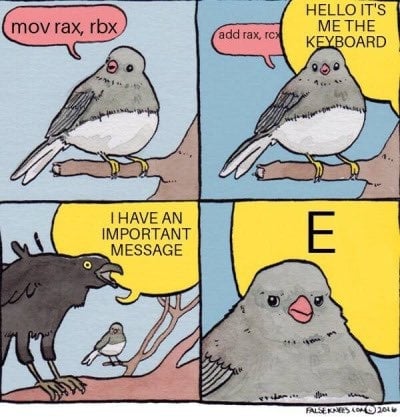
carrylex
European Digital identity
looks inside:
Hosted on GitHub in the US 👏
we
Is this some sort of US problem that I'm too not-US to understand?
You just guessed my job lol

Sounds like something that a real person would never do.
The website is actually hosted on GitHub pages.
Just type in a random non-existing path and it shows the GitHub pages 404 path.
I'm having no problems with donating to OSS projects, yet what always prevents me from doing so is when such projects are not transparent where my donation money actually goes.
Yet, the average donations we receive are around 100 euros per month. A sum that doesn’t even cover server costs or the resources we use.
Well, I see no linked explanation where this money goes or why the server costs are so high, which is immediately a red flag for me.
And don't want to upgrade/switch because it is too expensive
Oh boy, you better have no employees or Oracle will make you pay for their existence:
https://www.oracle.com/in/a/ocom/docs/corporate/pricing/java-se-subscription-pricelist-5028356.pdf
under Wikipedia's entry for Secure boot
What's the first thing under the "Secure boot" section? The section that it automatically scrolls to when clicking my link?
Well the website (and the guy maintaing it) is pretty old. I think the blog posts reach back till Windows Vista. The guy itself wrote some books about Win95 so he has some experience.
The site is quite popular in Germany and the information is usually good summarized and helpful IMHO.
Anyway as always I recommend an adblocker when using the internet.

